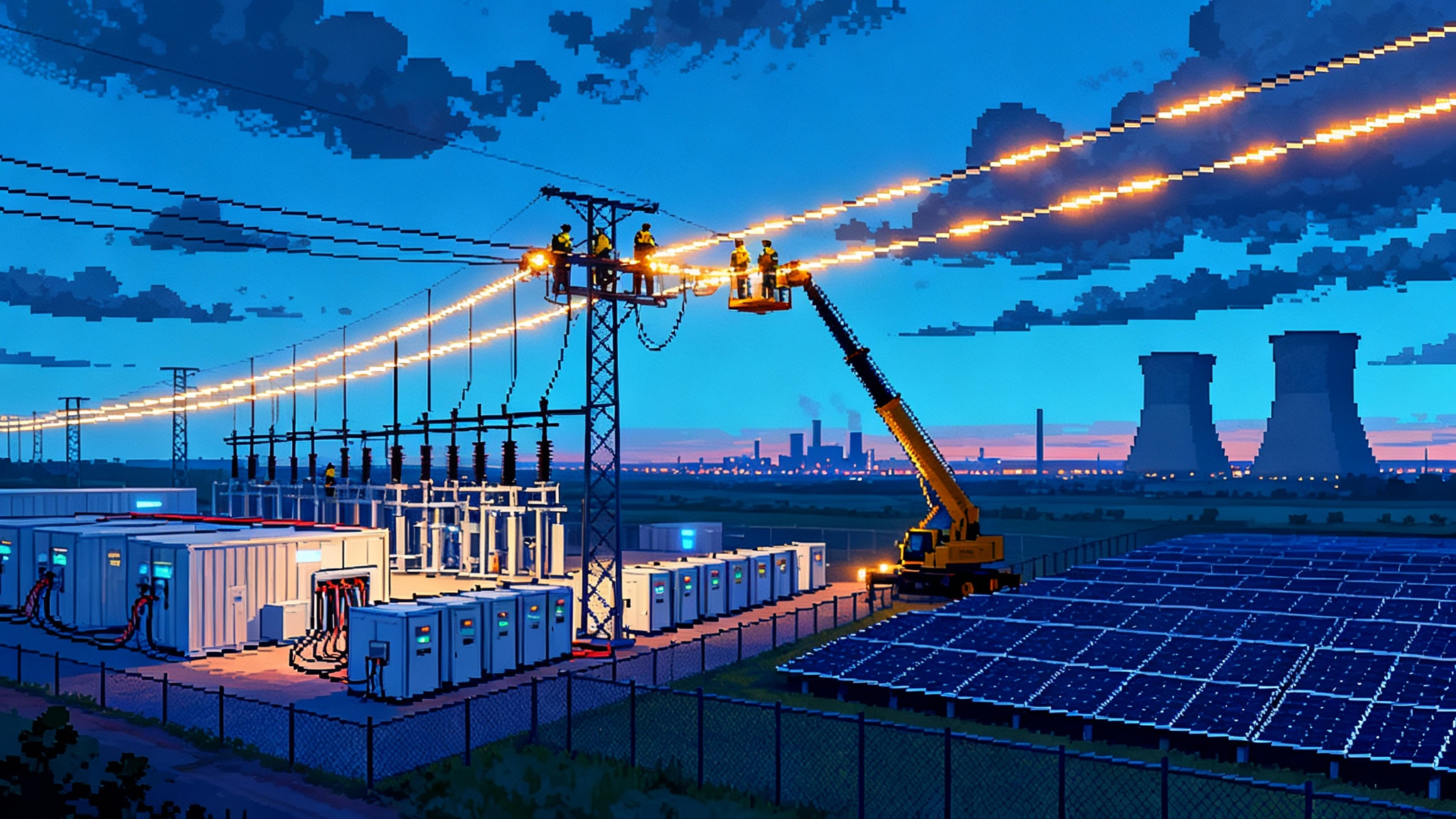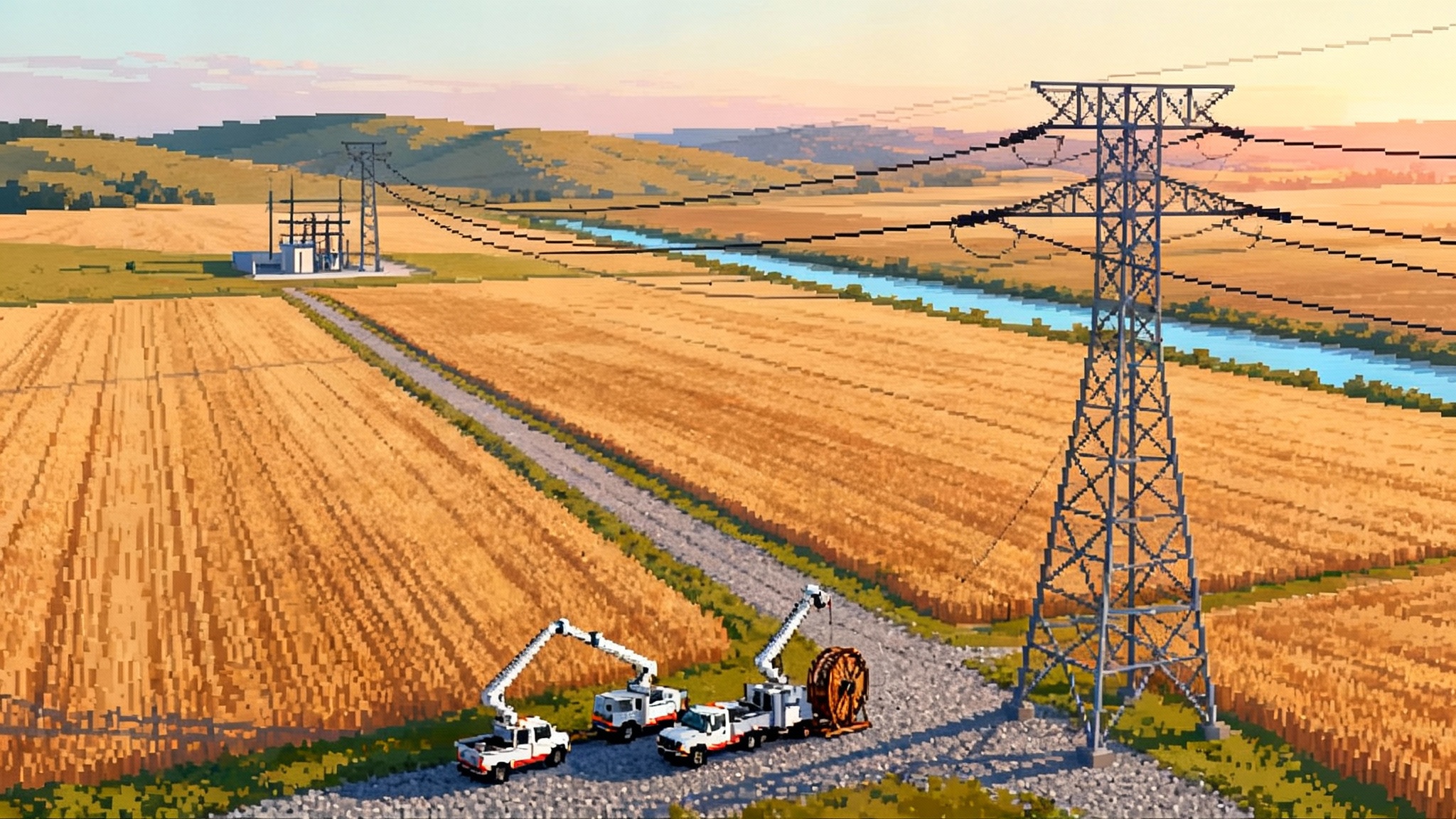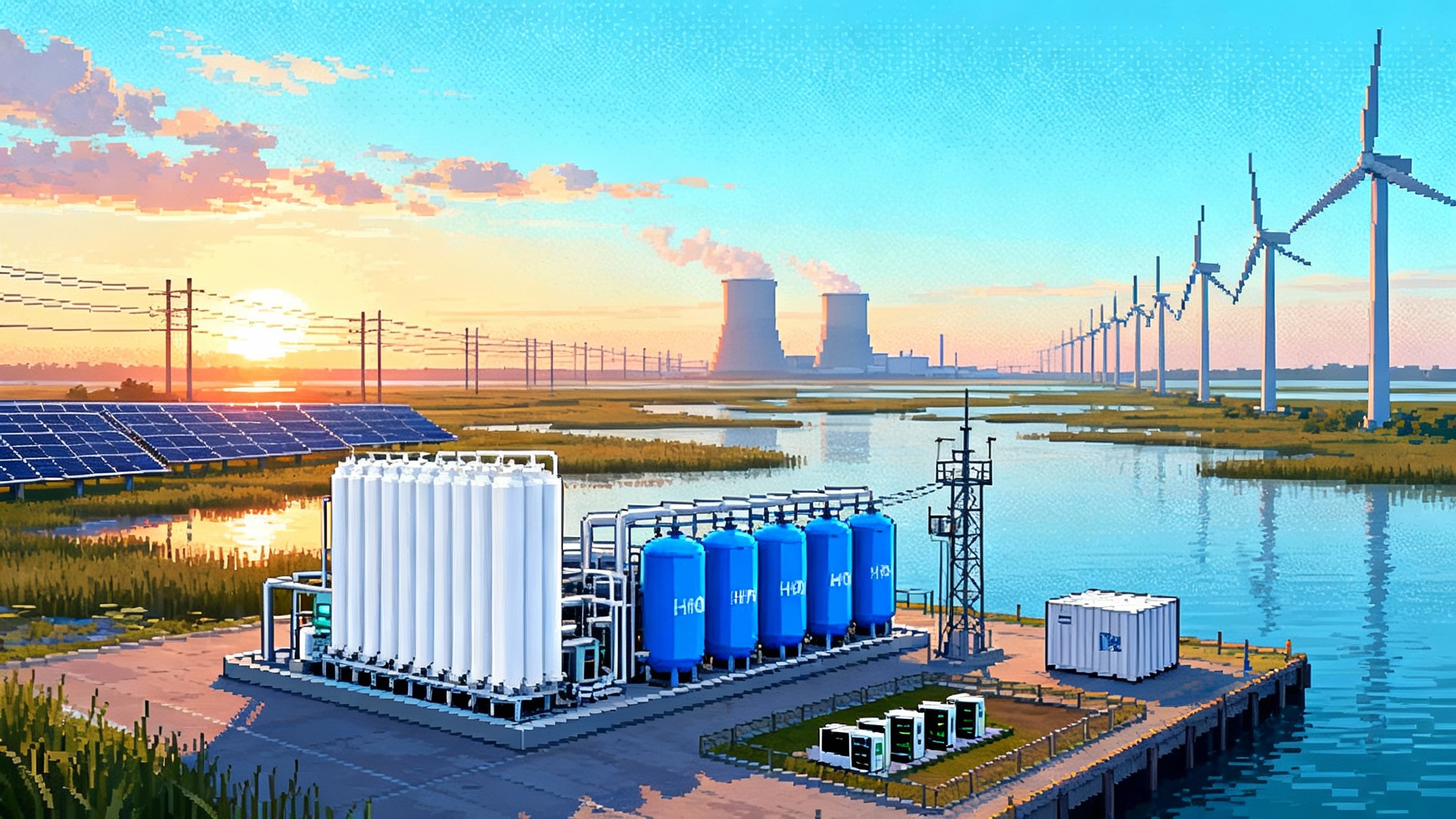We need your topic and angle to write this article
Use this fast, no-jargon guide to lock a concrete topic and decisive angle so we can deliver a magazine-grade feature that reads like breaking news.

Before we publish: two vital inputs
You asked for a polished Relay feature that reads like a breaking story and stays grounded in the latest developments. I am ready to write it. To make sure the piece hits the target on day one, I need two things from you: a concrete topic and a clear angle. With those in hand I will research, verify what is new as of today, and deliver a magazine grade article that keeps readers engaged through the final line.
Below is a simple guide to help you choose quickly. If you already know the topic and angle, skip to the reply template at the end and send them in a single message.
How to choose a sharp topic
A topic is the specific subject of the article. Think of it as the noun of the story. It should be concrete enough that a reader can picture it. Here are examples across common Relay beats. These are examples only; you can swap in your real subject.
- Technology and chips: next generation accelerators, a major foundry’s supply forecast, an export control update, a data center energy crunch in a specific state. For context on power constraints, see our piece on the AI power crunch grid playbook.
- Artificial intelligence and models: a newly announced multimodal system, an open weights release, a licensing change that shifts how companies deploy models.
- Consumer hardware: a flagship phone launch, a wearable health feature cleared by regulators, a home robot entering beta programs.
- Climate and energy: record demand from data centers, a utility substation delay affecting cloud buildouts, heat pump adoption rates in a key metro. Transmission policy context is in FERC 1920-A transmission stakes.
- Health and biotech: a weight loss drug supply shift, a gene therapy milestone, a hospital network adopting ambient clinical documentation.
- Money and markets: a sector rotation tied to chips, a direct listing for an AI infrastructure company, a cross border merger facing antitrust review.
- Policy and regulation: an agency’s proposed rule on model evaluations, a state level privacy bill, a court ruling that changes liability for generated content. Grid storage dynamics that affect policy timelines appear in storage pivot and ERCOT.
Pick one. Name it plainly. For example: “Georgia’s data center power crunch” or “Open weights model enters enterprise support plans.”
How to set a decisive angle
An angle is the point of the story. It is the verb and the claim. It tells readers why this topic matters now, who is affected, and what will happen next. Choose one angle that matches your goal.
- Breakthrough: something new has happened and changes what is possible. Example: “This training breakthrough cuts inference costs by half for small businesses.”
- Accountability: a claim is being tested. Example: “Are promised privacy protections actually enforced in new photo features.”
- How it works: a clear explainer tied to a current event. Example: “How retrieval augmented generation quality metrics changed after the new release.”
- Business impact: dollars and decisions. Example: “What a five quarter buildout means for second tier cloud providers.”
- Policy stakes: rules, rights, and timelines. Example: “How the new reporting rule alters disclosure for model incidents.”
- User guide: practical steps. Example: “What a product team should do this week to comply with the policy and keep shipping.”
- Contrarian read: a careful, evidence driven counterpoint. Example: “Why the market is mispricing edge inference capacity in 2026.”
The angle converts facts into meaning. It defines what we verify first and what we show the reader step by step.
Fast framing checklist
To help me write with confidence and speed, add a few crisp details when you send the topic and angle:
- Audience: general tech readers, builders, executives, policy watchers, or consumers
- Scope: United States, global, or a named region or city
- Time window: focus on events from the past week, month, or quarter
- Must include: people, companies, filings, or datasets you want highlighted
- Must avoid: terms, products, or sources you do not want mentioned
- Tone: neutral, skeptical, urgent, or optimistic
What I will deliver once you reply
- A magazine style lead that hooks the reader in the first three sentences
- A narrative spine built around verified, recent facts with clear dates for clarity
- Two high value sources linked inline if needed, chosen from primary materials or official releases, so every high stakes claim can be trusted
- Simple, concrete language with metaphors only when they clarify, not decorate
- Actionable takeaways so readers know what the news means and what to do next
How I will build the story
- Verification: I will confirm names, dates, numbers, and timelines against authoritative sources before writing them. If a figure may have changed in the last few days, I will recheck it in the final pass.
- Context: I will compare today’s update with the last two notable milestones so readers see what actually shifted, not just what was announced.
- Mechanism first: I will explain the underlying cause. If capacity is constrained, I will show where the bottleneck is. If a model improves, I will outline the training or data change that plausibly drove it.
- Implications next: I will map what the change means for buyers, builders, regulators, and competitors over the next one to four quarters.
- Clarity over jargon: I will expand abbreviations on first use and keep the narrative readable without sacrificing technical accuracy.
Sample topic and angle pairings
Use these as templates. Replace the bracketed words with your specifics.
- Topic: [Company] announces [product] for [use case]. Angle: This shifts costs for [buyer] by [range] and tilts competition toward [rival or niche].
- Topic: [City or state] freezes permits for [infrastructure]. Angle: The pause pushes timelines for [projects] and redirects capital to [alternatives].
- Topic: [Open source project] hits [milestone]. Angle: Enterprise teams can now do [capability] with [risk profile], changing buy or build math.
- Topic: [Regulator] proposes [rule]. Angle: Compliance for [companies] will require [specific steps] within [time period].
House style and link policy I will follow
- Inline links only, used sparingly, with descriptive anchors, never naked links
- A strict maximum of two external links, placed where they do the most work
- No em dashes, no filler, no vague dualisms
- Every conclusion either adds a mechanism or gives a clear next action
- Dates written explicitly so readers are never confused by today or yesterday
Visual concept for the header image
Imagine a tight, cinematic frame of a newsroom style desk. At center, two index cards rest side by side. One reads “Topic,” the other reads “Angle.” A fine tipped pen lies across both cards as if frozen mid note. In the background, out of focus, a laptop glows with a blank document. The scene is warm and inviting, ready for the first keystroke.
Reply template
Copy this, fill it, and send it back in one message.
- Topic: [one line]
- Angle: [one line]
- Audience: [builders, execs, policy, consumer]
- Scope: [United States, global, region]
- Time window: [past week, month, or quarter]
- Must include: [names, filings, datasets]
- Must avoid: [terms or products]
- Tone: [neutral, skeptical, urgent, or optimistic]
What happens next
Once you reply with the topic and angle, I will immediately research the latest updates and draft a 1,200 to 2,000 word piece that reads like a breaking brief expanded into a clear, human feature. I will keep readers oriented with precise dates, show the cause behind the headline, and close with concrete actions for the audience you named. You will receive a clean, publication ready article that meets The Relay’s standards without extra back and forth.








